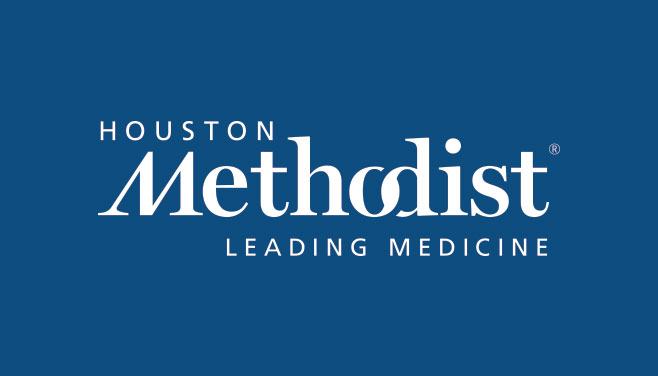This invention is an engineered biomimetic lipid-based nanoparticle (NP) functionalized with leukocyte membrane proteins (a.k.a. leukosomes) which are capable of targeting vascular inflammation. The ratio at which these leukocyte proteins are integrated within the NP shell dictates the biological behavior of the leukosomes. This particular formulation has been optimized to selectively target triple negative breast cancer (TNBC) tumors. Ongoing studies are underway to determine which therapeutic cargo will be most effective at treating TNBC tumors when loaded into our novel NP formulation.
Stage of Development
In vitro data: We demonstrated that this new leukosome formulation displayed similar physiochemical properties to previous leukosome formulations described by our laboratory, but enhanced overall targeting of inflamed tissues.
In vivo data: Mice receiving this new leukosome formulation displayed significantly increased TNBC tumor accumulation compared to traditional liposomes and previous leukosome iterations. Biodistribution studies of this new formulation confirmed that particle accumulation in healthy organs was similar to that of liposomes and no additionally toxicity was observed.
Competitive Landscape
Most strategies for developing targeted NPs have focused on coupling targeting peptides or antibodies to the surface of the NP. Additionally, recent efforts have been made to develop cell membrane-coated NPs for improved delivery of therapeutic cargo. While these NPs have shown significant progress in mimicking the physical properties of the source cell and leveraging the functions of that cell, the production process appears to be complex and difficult to standardize. Our group has previously reported numerous variations of leukocyte-based biomimetic NPs for targeting inflamed tissues to transfer the natural tropism of leukocytes to these bio-inspired NPs, however, many of these iterations were sub- optimal at targeting TNBC. Our current iteration described here has been specifically optimized to target TNBC tumors.
Competitive Advantages
• Enhanced targeting and uptake in TNBC tumors
• No signs of toxicity
• Simple, reproducible, and scalable manufacturing process
• Increased stability and simple storage procedures

